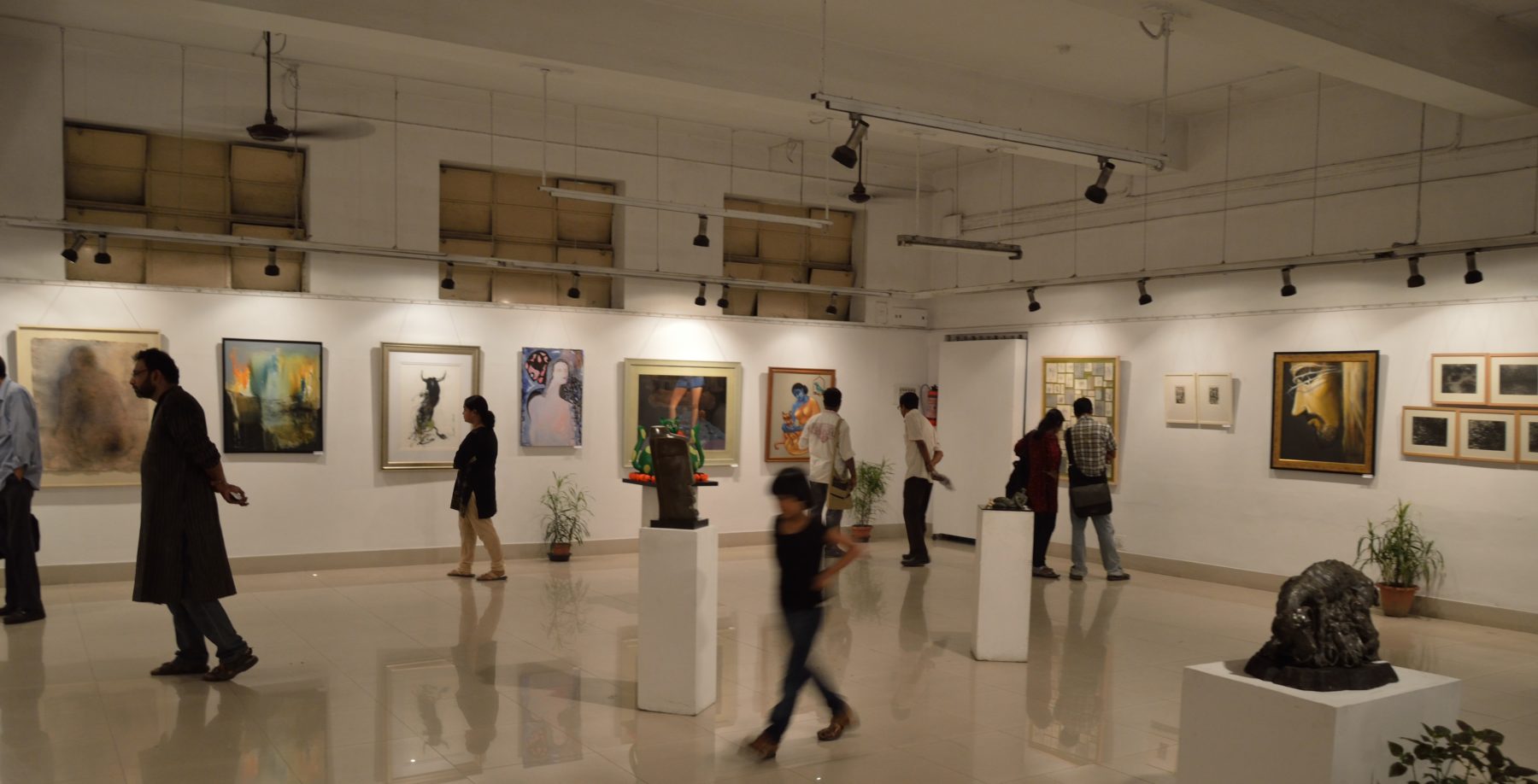1. Susan Galloway. Cultural Trends 18:2. “Theory-based evaluation and the social impact of the arts.” 2009. United Kingdom.
The well-documented challenges in researching the social impacts of the arts are closely related to key issues in contemporary social research and evaluation, most particularly the problem of causal attribution. The article contends that some of the most common criticisms of the evidence base for the social impact of the arts relate to the successionist model of change which underpins positivist social science research and evaluation. The article considers whether in fact theory-based evaluation approaches offer an effective strategy for understanding how and why arts engagement can result in social change.
2. Clayton Lord. Americans for the Arts. “Equitable Investment Policies and Practices in the Local Arts Field.” 2019. United States.
This report reviews results from the 2018 Local Arts Agency Profile, an annual survey deployed in April 2018, with a particular focus on an added module to the survey about how, when, and where LAAs in the United States currently consider equity in the deployment of their funds, time, space, and staff. The data was gathered from a broadly representative sample of 537 local arts agencies in the United States of varying budget size, community size, tax status, geography, etc. Overall, the report tells a story of a field where direct and indirect practices about and centered on equity are on the rise.
3. Stephen Duncombe, George Perlov, Steve Lambert, and Sarah J. Halford. Center of Arts Activism. “Assessing the Impact of Artistic Activism.” 2018. United States.
Compiled by the C4AA æfficacy project research team, this exploration of arts activism is the culmination of a decade of interviews with practitioners of artistic activism and a year of reviewing the relevant academic literature and professional reports. The authors survey several sets of literature: critical theories on the relationship between arts and social change, studies on assessment from other fields concerned with creative impact such as social marketing and documentary film, and reports produced by or for arts and activist organizations.
4. Moshoula Capous-Desyllas and Karen Morgaine. Palgrave Macmillan. “Creating Social Change Through Creativity.” 2017. Canada.
This book examines research using anti-oppressive, arts-based methods to promote social change in oppressed and marginalized communities. The contributors discuss literary techniques, performance, visual art, and new media in relation to the co-construction of knowledge and positionality, reflexivity, data representation, community building and engagement, and pedagogy. The contributors to this volume hail from a wide array of disciplines, including sociology, social work, community psychology, anthropology, performing arts, education, medicine, and public health.
5. Elizabeth Lynch and Miriam Nelken. Creative People and Places. “From Small Shifts to Profound Changes.” 2018. United Kingdom.
The report captures the perspectives of artists who have been commissioned to create new work with one or more CPP Places and of the CPP team members who are responsible for programming and working with artists and communities. It uses Creative People and Places practice as the starting point but pulls out transferable learning about what works when commissioning socially engaged art – for artists, for commissioners and for communities.
